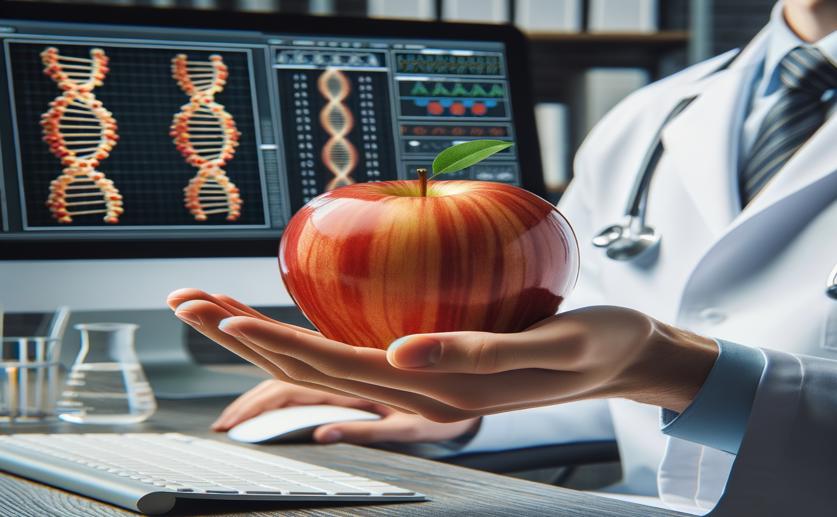
Predicting Apple Quality Using Combined Genetic Data from Various Systems
Greg Howard
12th July, 2024

Image Source: Natural Science News, 2024
Key Findings
- Researchers at Chiba University found that combining data from two genotyping platforms improves the accuracy of genomic prediction for apple quality traits
- The study showed that this combination also enhances the detection power of genome-wide association studies (GWAS) for identifying important genetic regions
- A new genomic prediction model that includes inbreeding effects further increased accuracy for seven fruit traits, suggesting historical selection for quality traits
References
Main Study
1) Genomic prediction and genome-wide association study using combined genotypic data from different genotyping systems: application to apple fruit quality traits.
Published 9th July, 2024
https://doi.org/10.1093/hr/uhae131
Related Studies
2) Genomics-assisted breeding in fruit trees.
3) Genomic selection in plant breeding: from theory to practice.
4) Genomic insights into domestication and genetic improvement of fruit crops.



 3rd July, 2024 | Jenn Hoskins
3rd July, 2024 | Jenn Hoskins